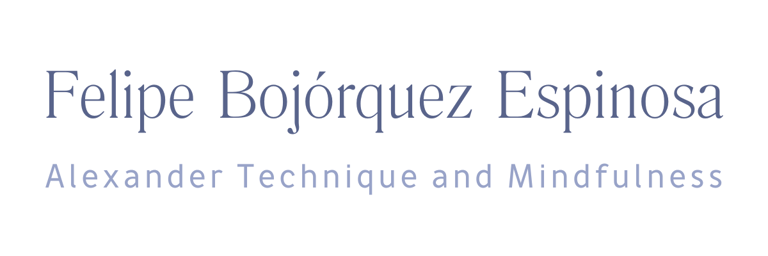The invisible connection between body, mind, and music
NEUROSCIENCE AND ANATOMY
Felipe Bojórquez Espinosa
Body maps
The idea that brain maps not only represent the body but also the surrounding space—and that these maps can expand or contract to include everyday objects—is a relatively new concept in neuroscience.
Recent research shows that our brain is full of body maps: representations of the body’s surface, musculature, intentions, and action potential, as well as maps that reflect and emulate the actions and intentions of others. For musicians, these maps are crucial in shaping motor coordination and instrument practice.
The plasticity of body maps
These body maps are extraordinarily plastic and reorganize in response to experience, injury, or consistent musical practice. Formed early in life, they continue to adapt and evolve. Yet, despite their importance, our awareness of embodiment in daily life is minimal. We rarely recognize that these maps are constantly adjusting, minute by minute, year by year.
The tireless work of body maps is so fluid and automatic that we hardly notice it. Their complexity offers profound insights into human learning, embodied cognition, and musical performance.
The body as a foundation for perception and action
The human body is not just a vessel for the brain. A living, sensory, emotional, and conscious body is the true reason for the senses’ existence. Sensations from the skin and internal tissues—such as touch, temperature, or pain—form the foundation of our mind.
For musicians, this means that embodied awareness directly influences technique, coordination, and performance quality. The senses are not merely for perceiving stimuli; they enable us to act and make decisions, essential in playing an instrument. Even artificial intelligence research has confirmed: no fully developed intelligent system can function without a body. There is no such thing as “disembodied consciousness.”
Interaction of body maps and perception
The interaction of flexible body maps creates the solid sense of self and allows us to understand and navigate the world. Think of these maps as a mandala, forming the embodied, emotional “self.” Vision, hearing, language, and memory all rely on this mandala. Self-awareness and independent thinking are impossible without these maps.
For example, a young mammal must move to give meaning to visual stimuli. Each step and motion provides sensory feedback that shapes the brain’s visual maps. Without movement, passive observation alone cannot create meaningful perception. Similarly, musicians rely on embodied feedback to internalize musical patterns, rhythms, and techniques.
Music as a field for body map integration
Daily musical practice is a privileged space to observe how body maps influence perception and movement. Playing an instrument involves constant interaction between motor, sensory, and emotional maps. Repetition and experience reshape these maps, enhancing motor coordination, precision, and musical expressivity.
Learning music is not just intellectual. Musicians adapt their body maps to execute movements accurately, integrating rhythm, dynamics, and expression into their bodies. Every gesture, finger placement, and posture adjustment is deeply connected to the function of these embodied maps.
Thus, music becomes not only an intellectual but a corporeal experience, where the musician’s embodied self merges with the sound they create. The body, like the mind, becomes an adaptive instrument, allowing musicians to explore the connection between body, mind, and sound. Alexander Technique principles help refine this process, enhancing perception, coordination, and creative expression.
Conclusion
For musicians and flautists, understanding and engaging with body maps is essential. Through consistent practice, mindful observation, and techniques such as the Alexander Technique, performers can strengthen motor coordination, refine musical expression, and expand their embodied awareness, integrating body, mind, and music into a seamless, fluid experience.
Artículos relacionados
Well-balanced flutist
Alexander Technique and Mindfulness in everyday musical practice.
Specialized support for high-performance flutists and flute students.
© 2025. All rights reserved. Privacy policy.
Menu:
Lessons
About me
